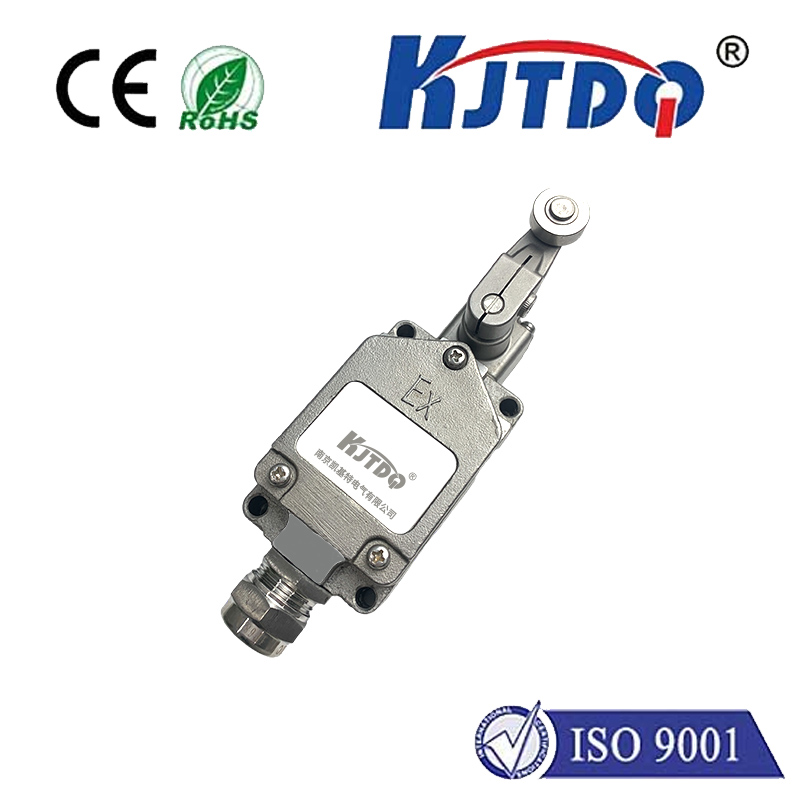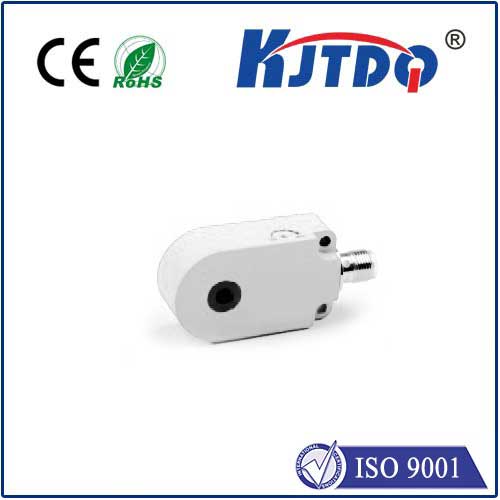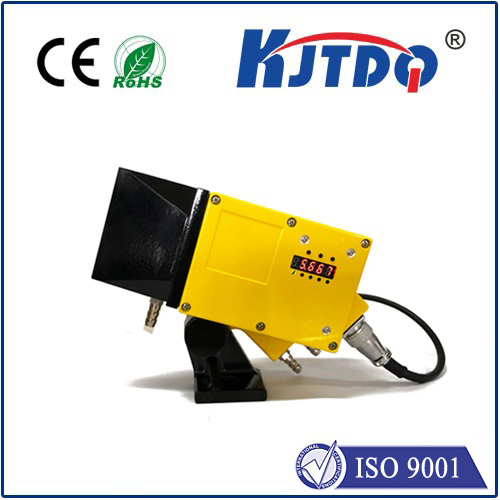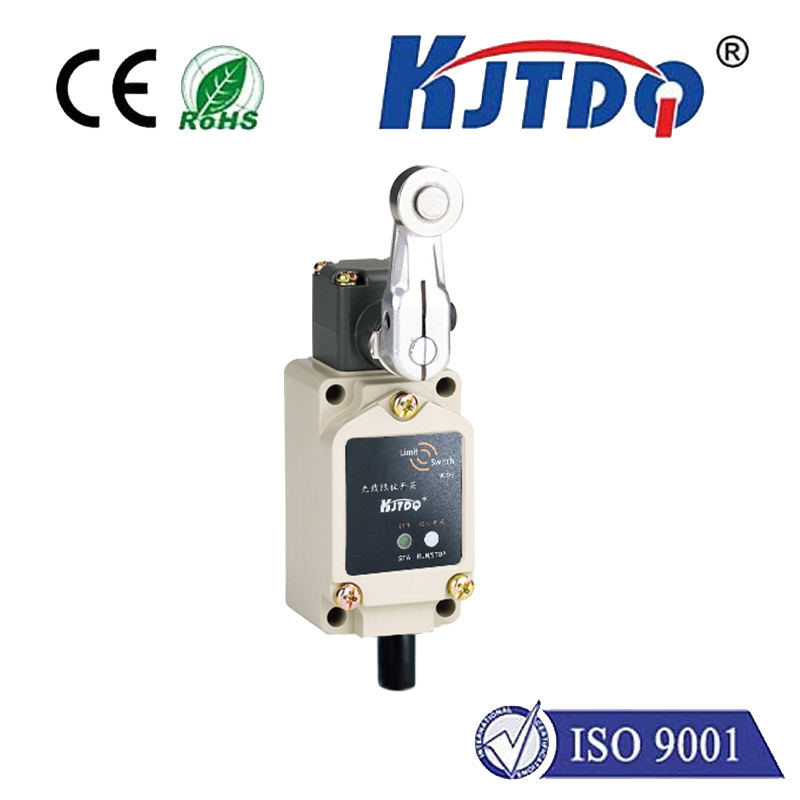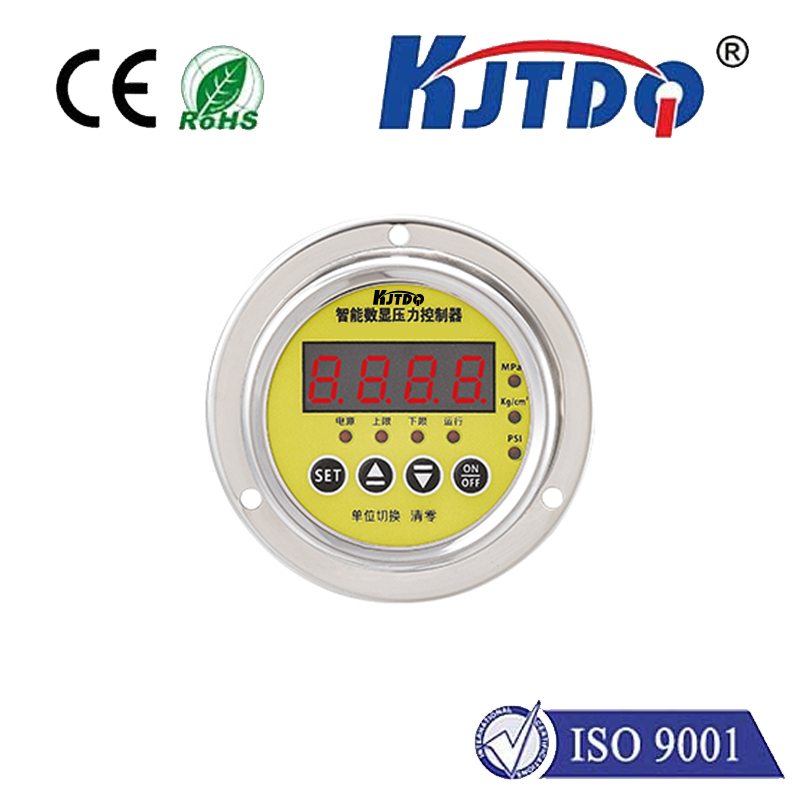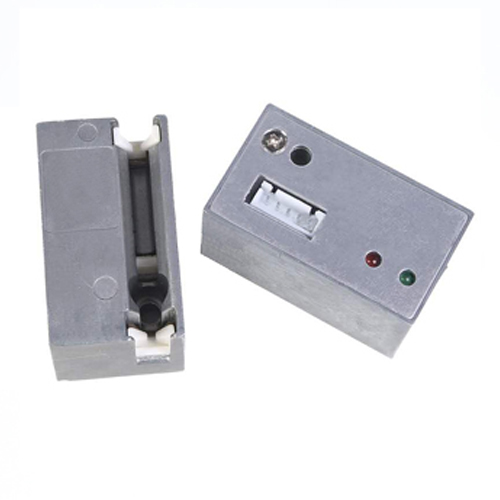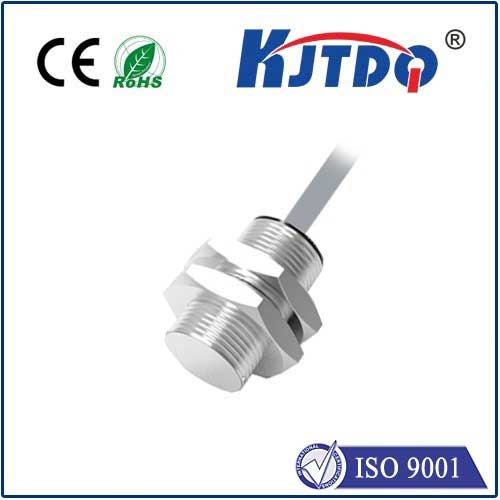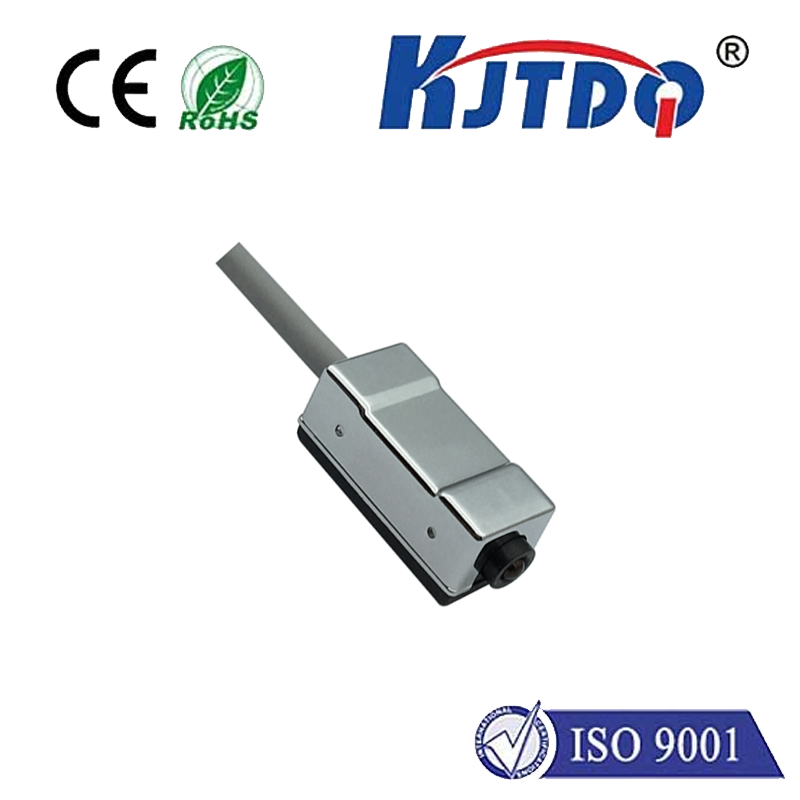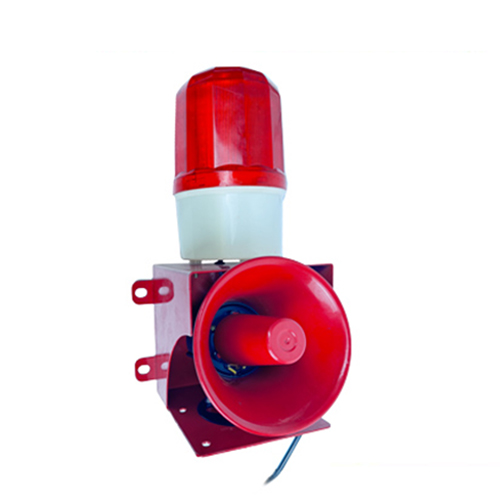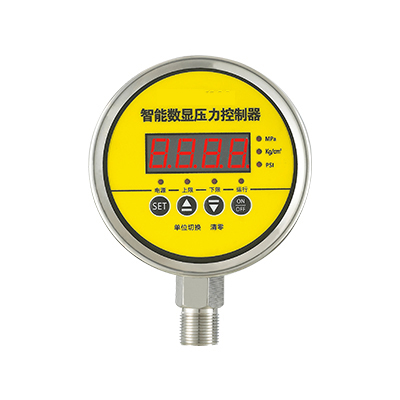

check

check

check

check

check

check

check

check

check

check
In the world of industrial automation and machinery, components play a crucial role in ensuring smooth operation and productivity. One such component that stands out for its reliability and functionality is the Koino limit switch. This article aims to provide an insightful understanding of the importance of this switch in various applications.
The Koino limit switch is a vital part of industrial machinery, acting as a safety mechanism and control element. The primary function of the switch is to detect the presence or absence of an object within a particular range, thereby triggering a response or signal. Its design and construction make it highly durable and suitable for use in harsh environments.
One of the significant advantages of using a Koino limit switch is its high accuracy and repeatability. It ensures precise positioning and control over machines, reducing downtime and increasing productivity. The switch's small size and lightweight design make it easy to integrate into various systems without occupying much space.
Another notable feature of the Koino limit switch is its ability to withstand extreme temperatures and vibrations. This makes it ideal for use in industries such as manufacturing, automotive, food processing, and pharmaceuticals, where machinery operates under challenging conditions.
The Koino limit switch also offers flexibility in terms of mounting options and wiring configurations. It can be easily mounted on any surface, including metal, wood, or plastic, making it versatile for different applications. Additionally, the switch's modular design allows for simple maintenance and replacement when necessary.
In conclusion, the Koino limit switch is an essential component in modern industrial automation systems. Its reliability, accuracy, and durability make it a valuable addition to any machine or system. By understanding its features and benefits, manufacturers and engineers can make informed decisions when selecting components for their applications, ultimately leading to improved efficiency and productivity.
